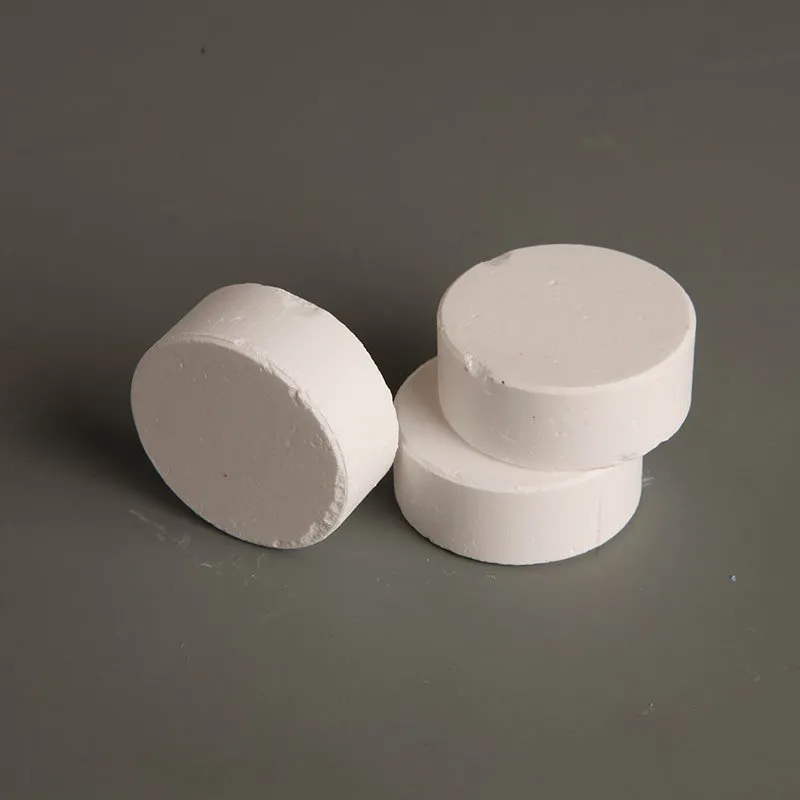



Safety Data Sheet Information for Chlorine Dioxide Handling and Storage Guidelines
Chlorine Dioxide Safety Data Sheet (SDS) Overview
Chlorine dioxide (ClO2) is a chemical compound that is widely used in various industries, particularly in water treatment, bleaching, and disinfection. Given its applications, it is crucial to understand its properties, potential hazards, and necessary safety precautions. The Safety Data Sheet (SDS) for chlorine dioxide provides essential information for handling, storage, and emergency procedures involving this chemical.
Chemical Properties
Chlorine dioxide is a yellowish-green gas with a distinct, sharp odor. It is soluble in water, and when dissolved, it forms a pale yellow solution. The compound has a molecular weight of 67.45 g/mol and is highly reactive, particularly in the presence of organic materials. Chlorine dioxide is a strong oxidizer, making it an effective disinfectant; however, its reactivity necessitates careful handling to prevent dangerous reactions.
Health Hazards
According to the SDS, chlorine dioxide poses several health risks. Inhalation of ClO2 can cause irritation of the respiratory tract, leading to symptoms such as coughing, shortness of breath, and throat irritation. Prolonged exposure may result in more severe respiratory issues, so adequate ventilation is essential when working with this chemical. Skin contact can lead to irritation or burns, while exposure to the eyes can cause severe damage. It is crucial to wear appropriate personal protective equipment (PPE), including gloves, goggles, and respiratory protection, when handling chlorine dioxide.
Environmental Impact
chlorine dioxide sds

Chlorine dioxide can also negatively impact the environment. If released into water bodies, it can be toxic to aquatic life. Consequently, it is vital to prevent accidental spills and ensure proper disposal procedures are followed. The SDS outlines the environmental hazards and recommends measures to avoid spills and potential contamination of soil and waterways.
Handling and Storage
The SDS emphasizes the importance of proper handling and storage of chlorine dioxide. The chemical should be stored in tightly sealed containers, away from heat, sparks, and open flames, as it is a highly flammable substance. It should be kept in a cool, well-ventilated area, away from incompatible substances such as acids and reducing agents. It is essential to use corrosion-resistant equipment when working with chlorine dioxide to avoid chemical degradation and potential hazards.
Emergency Procedures
In case of an emergency, such as an accidental release or exposure, the SDS provides guidelines for first aid measures. If inhalation occurs, the affected person should be moved to fresh air immediately. If symptoms persist, medical attention should be sought. For skin contact, the affected area should be thoroughly rinsed with water for at least 15 minutes. In the case of eye exposure, it is crucial to flush the eyes with water for at least 15 minutes and seek medical attention promptly.
Conclusion
The Safety Data Sheet for chlorine dioxide is an essential document that provides vital information for anyone working with or around this chemical. Understanding the potential hazards, safe handling and storage practices, and emergency response procedures are crucial for ensuring the safety of workers and the environment. With its powerful disinfectant properties, chlorine dioxide can be a valuable tool when managed responsibly. As with all chemicals, education and awareness are key to minimizing risks and ensuring safe usage in various applications.
-
Why Sodium Persulfate Is Everywhere NowNewsJul.07,2025
-
Why Polyacrylamide Is in High DemandNewsJul.07,2025
-
Understanding Paint Chemicals and Their ApplicationsNewsJul.07,2025
-
Smart Use Of Mining ChemicalsNewsJul.07,2025
-
Practical Uses of Potassium MonopersulfateNewsJul.07,2025
-
Agrochemicals In Real FarmingNewsJul.07,2025
-
Sodium Chlorite Hot UsesNewsJul.01,2025










